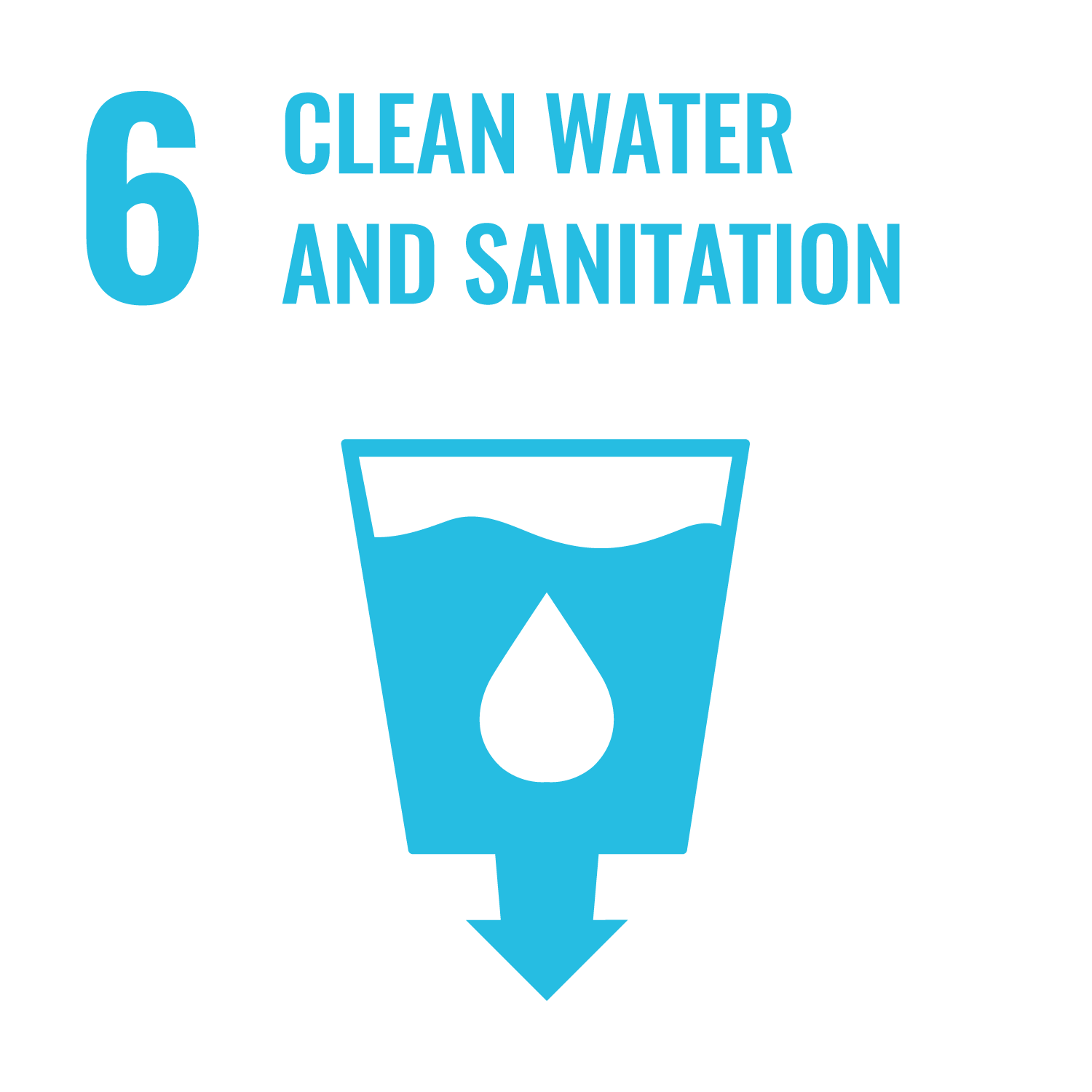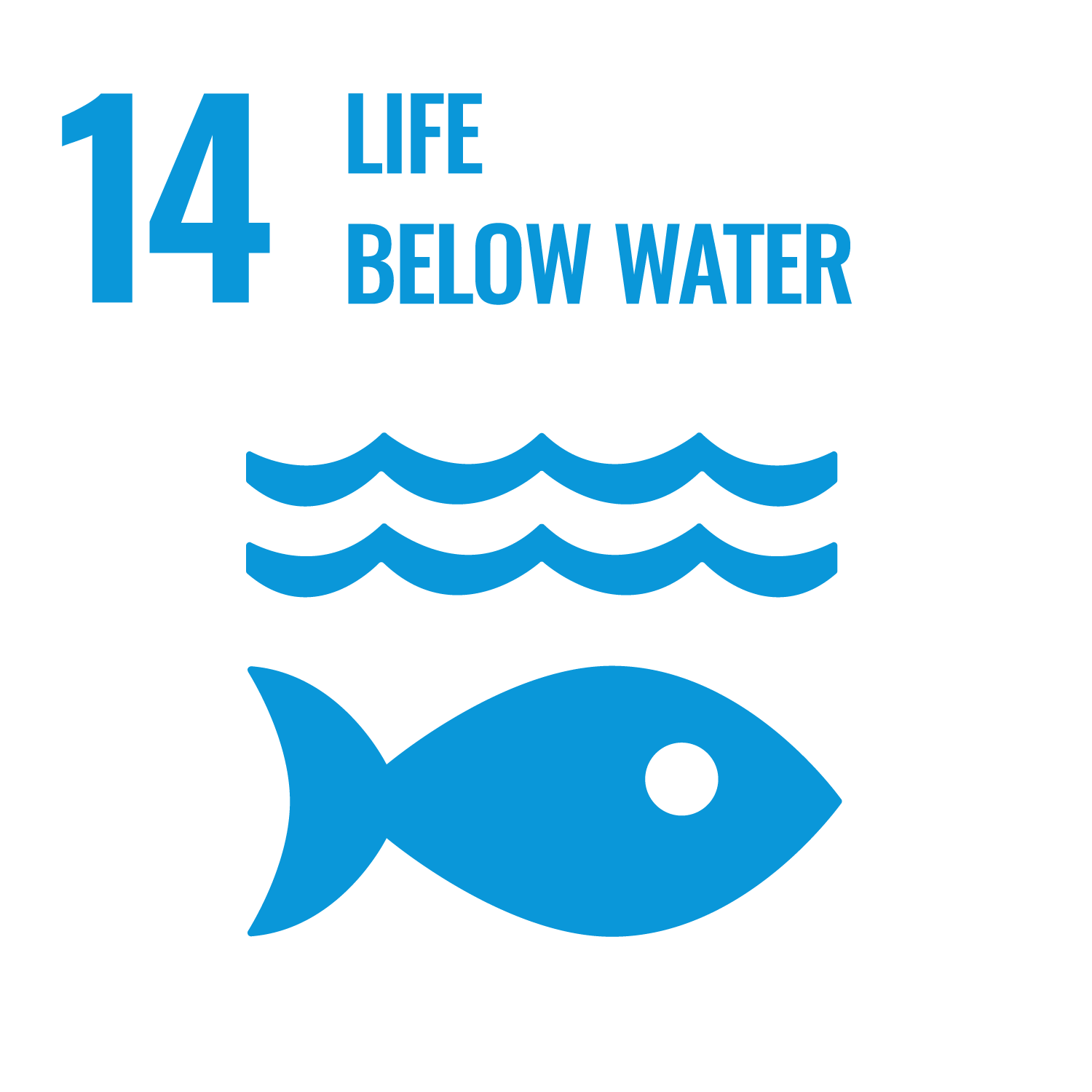Macquarie University NSW 2109
A campus of 126 hectares interacts with fresh water in many ways
Our sustainable approach involves a broad palette of opportunities, including design, retrofits, implementing efficiencies, innovation and making use of natural environmental processes as we actively promote conscious water usage across campus and in the wider community.
One common denominator across our Campus, from the oldest to the newest buildings, is the water-saving benefit of running taps at a reduced pressure.
In bathrooms and kitchens across Campus, basin taps are optimised to flow rates as low as 4 litres per minute (6 star rated Water Efficiency Labeling and Standards (WELS) scheme), achieving an 80% reduction from full mains pressure which can be as high as 19 L/minute.
All new constructions and building upgrades that are funded through our sustainable bonds adhere to the 5 Star Green Star standards set by the Green Building Council of Australia. This ensures that water is used efficiently throughout the building.
These measures have helped save water each year and propel us towards our 40% water reduction target from 2009 levels by 2030.
Read more about our progress in achieving our sustainability targets
Bottled water not only increases single-use plastic consumption, but generates negative environmental impacts where spring water is extracted.
Our "Tap-It" program has seen the installation of drinking water fountains, which also include free water bottle refill stations, right across Campus. In addition, the distribution of reusable bottles to both staff and students has helped to make this campaign a success.
For a guide to locations of drinking water fountains, use our Tap-It Map
Initiatives to capture and use rainwater on Campus began back in 2008, with a major installation of three 25,000 litre tanks at the Sports Fields. This was the first phase of a larger water re-use project in this precinct (see Water Recycling below).
Opening in 2011, our Library has a 278,000 litre water tank which captures rainfall via the building’s green roof. This water is used to flush toilets and for irrigation. With the aid of the tank, our Library building water intensity was reduced to only 0.113 kilolitres per square metre. Industry benchmarking dictates 1.125 kilolitres per square metre which means overall usage for this building is reduced by 90% by using this tank and other efficiency measures.
Rainwater storage is also a feature of many of our other buildings including:
- Australian Hearing Hub constructed in 2012 (144,000 litre tank)
- Arts Precinct building constructed in 2018 (30,000 litre tank)
- Central Courtyard precinct constructed in 2021 (180,000 litre tank). Rainwater at 1 Central Courtyard is used for the air-conditioning cooling towers, along with irrigation of the gardens in the precinct.
The Sports Fields Water Project includes a wastewater treatment plant (WWTP). The WWTP recycles treated black water through a process called ‘sewer mining’. The plant has now been operating for a number of years after an extensive period of testing and optimisation.
The process involves:
- Extracting wastewater from the sewer main near Mars Creek
- Processing the liquid through a septic system
- Passing the liquid through a pair of reed bed filtration wetlands over a period of hours/days
- Further sterilization using ultraviolet light technology
No chemicals are used - the process is all natural.
Finally, the recycled water is used to irrigate the 7-hectare playing fields overnight (while the sports fields are closed).
The project also involves harvesting stormwater and storing this water onsite to supplement treated water from the reed beds. The treated effluent and stormwater harvesting can provide 95% per cent of the sport fields peak irrigation requirements.
This facility showcases highly successful sustainable water extraction technologies. In 2023 alone, it achieved remarkable water efficiencies by utilising 28,000kL of treated wastewater for irrigation.
Our Campus has two creeks, which are tributaries of the Lane Cove River. The creeks are fed by water draining the surrounding suburb of Marsfield. Effects of 'urban stream syndrome' place these creeks under stress, both during dry periods and periods of heavy rain.
During periods of elevated rainfall, water flows quickly over streets and rooftops and enters the local stormwater network which flows on into the creeks. Along with fast flowing water, litter, pollution and sediment are washed into the creek system. Once the rainfall stops, the creeks can then become parched as their base flow stops.
The key to mitigating 'urban stream syndrome' is intervention to slow the rate that rainfall makes its way through the catchment and retain water in our buildings and landscape where practical. This intervention aids our creeks, particularly at times of climatic stress.
Some examples of on-campus mitigation methods include:
- plant grass swales to slow water flow
- a large gross pollutant trap installed near Epping Road which removes litter and trash
- holding basins which provide temporary flood storage
- planting a sedge-land habitat to filter water and provide habitat to frogs and other wildlife
- adding thousands of native plants back to the buffer strips alongside each creek
The implementation of this catchment-scale plan is designed to minimise the physical impacts and alterations of the creek-based ecosystems. Water re-entering Mars Creek after its upstream treatment has greatly reduced salinity, turbidity (mud content), urban nutrient levels, and increased dissolved oxygen values. Regular water testing is undertaken by environmental science students to check water quality.

